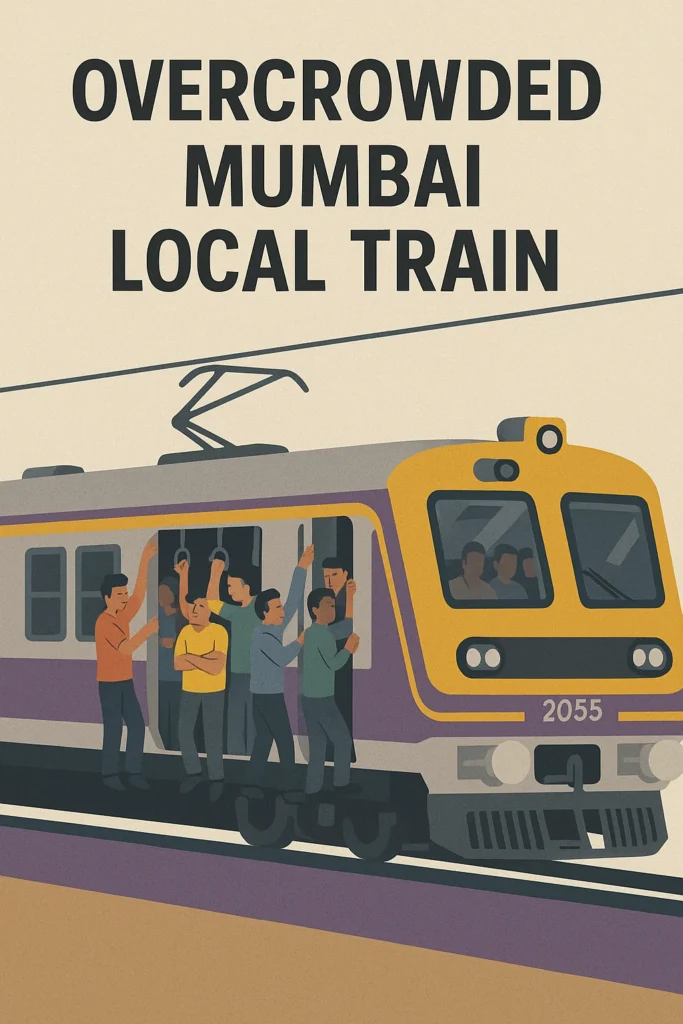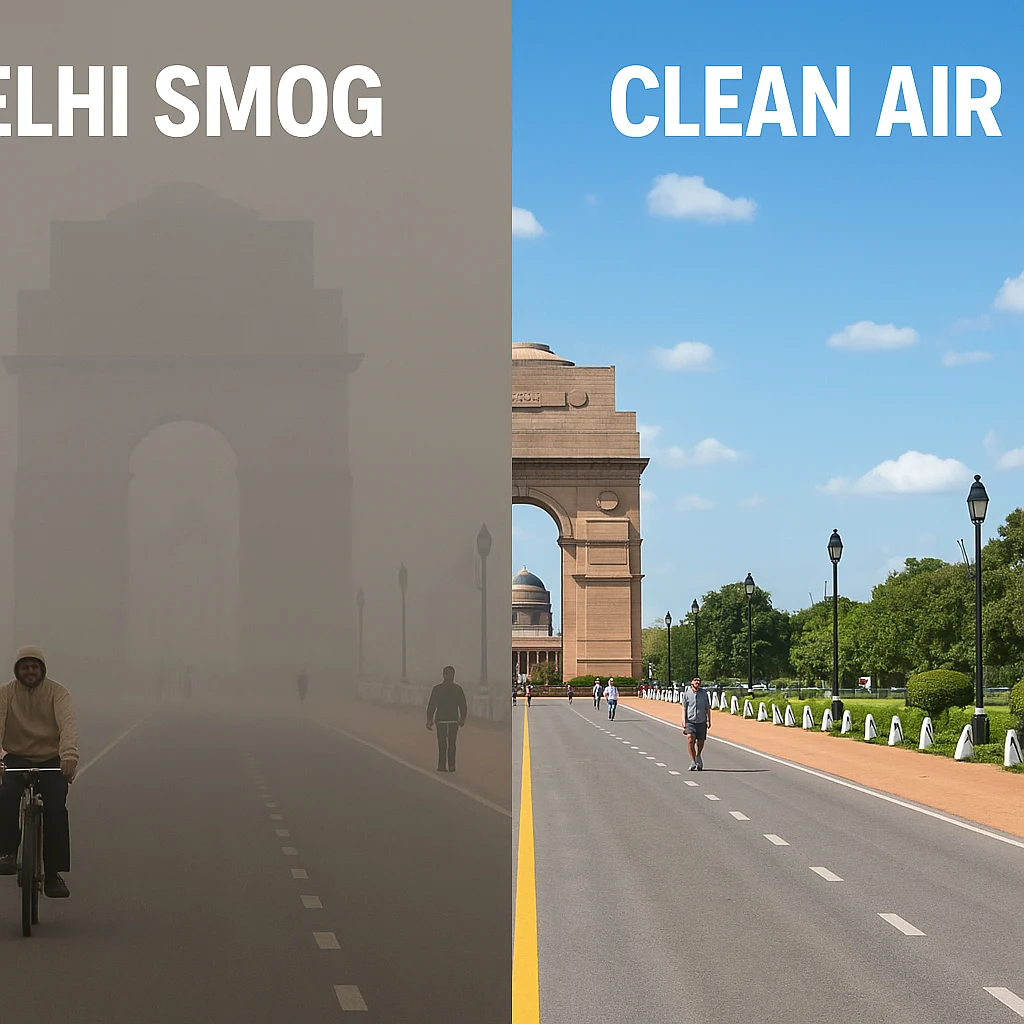A Bengaluru tech professional earning ₹60 lakh/year recently went viral for complaining about India’s “broken quality of life”—despite his elite salary. This sparked a fiery debate: Can money buy happiness in urban India?
From traffic nightmares to overburdened hospitals, this article explores:
✔ Why India’s cities fail high-earners
✔ Key pain points of urban living
✔ Global comparisons (Where India lags)
✔ Solutions that could transform cities
Key Takeaways
🚗 Commute hell: Bengaluru workers lose 260 hours/year in traffic (TomTom Index)
🏥 Healthcare gap: 1 govt hospital bed per 1,844 people vs. 300 in China
🏙️ Space crunch: Mumbai’s per capita living space (90 sq ft) < Tokyo jail cells
💰 Salary illusion: ₹50L+ earners spend 25% income on private schools/hospitals
🌿 Green deficit: Delhi has 9x less green space per person than WHO recommends
The 5 Biggest Urban Life Challenges
1. Infrastructure Collapse
| City | Problem | Daily Impact |
|---|---|---|
| Bengaluru | Water crisis | 2-hour waits for tankers |
| Mumbai | Flooded roads | 65% annual work delays |
| Delhi | Air pollution | = Smoking 10 cigarettes/day |
“We pay first-world taxes for third-world infrastructure.” — IT sector employee, Noida

2. Healthcare Horror Stories
- Wait times: 8+ hours at AIIMS Delhi OPD
- Costs: ₹3 lakh for private hospital births (vs. free in Germany)
- Quality: 57% Indians travel abroad for serious treatments (PwC)
3. Work-Life Imbalance
- Average workweek: 52 hours (vs. 36 in France)
- Vacation shame: 78% don’t use full leave (Indeed survey)
4. Education Arms Race
- Top schools: ₹5L+/year fees
- Coaching centers: 14-hour days for IIT aspirants
5. Social Infrastructure Gaps
- Parks: Chennai has 0.5 sq m green space/person (WHO recommends 9)
- Safety: 1 police officer per 724 citizens (ideal: 1:450)
Global Comparisons: Where India Falls Short
| Metric | India | Global Benchmark |
|---|---|---|
| Commute time | 90 mins/day | 30 mins (Copenhagen) |
| Healthcare spend | 3.8% GDP | 11% (Germany) |
| Housing affordability | 9x income | 3x (Canada) |
| Air quality | 106 AQI (Delhi) | 25 (Zurich) |

What Needs to Change? 5 Solutions
1. Public Transport Revolution
- Example: Hyderabad Metro reduced car trips by 22%
2. Healthcare Overhaul
- Fix: Mandatory insurance like Singapore’s Medisave
3. Affordable Housing
- Success: Tokyo’s zoning laws keep rents at 20% income
4. Green Cities
- Model: Chandigarh’s 35% green cover (vs. 2% in Mumbai)
5. Work Culture Reform
- Policy: Spain’s right-to-disconnect law after hours
Case Study: Bengaluru’s Decline
- 2000: “Garden City” with **3-hour workweeks”
- 2025: “Traffic capital” where 42% want to leave (LocalCircles)
Conclusion
India’s cities are economic powerhouses with broken livability. Until governments prioritize people over GDP, even ₹1 crore salaries won’t buy:
✅ Clean air
✅ Stress-free commutes
✅ Time with family
Your move: Would you take a 50% pay cut for European-quality infrastructure?
FAQs About Urban Quality of Life
1. Which Indian city has the best QoL?
Pune ranks #1 (Mercer 2024) for work-life balance.
2. Do gated communities solve these problems?
Partially—but they increase inequality (70% pay extra for basics like water).
3. How does India compare to China?
Chinese cities spend 3x more on public infrastructure per capita.
4. Can smart cities fix this?
Only if they address equity (current plans favor elites).
- “Delhi smog vs. clean air day comparison”
🎥 YouTube Video:
External Links for Further Reading
This deep dive reveals why India’s growth story needs a quality-of-life chapter. Share your urban survival tips below! 🏙️💡



